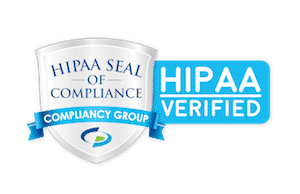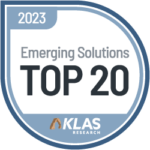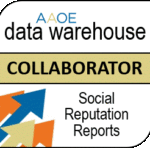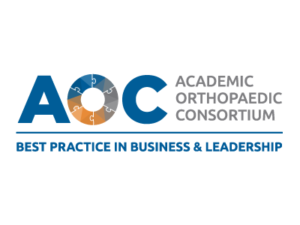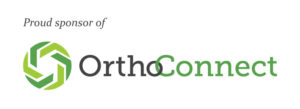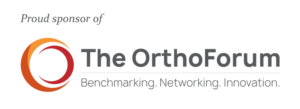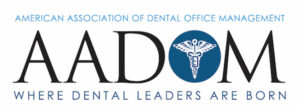Marketing teams in healthcare have always wrestled with the challenge of reaching the right patients at the right time. Budgets are tight. Expectations for growth and measurable ROI run high. Yet, for all the noise around data-driven marketing, many organizations are stuck with tools that do little more than send broad-blast messages to thousands of individuals who are unlikely to take action. That means a huge percentage of marketing spend never turns into booked appointments or meaningful patient relationships.
However, a new approach is quickly changing what’s possible: Predictive Patient Targeting. By using machine learning and real-world data, this method consistently delivers more appointments, higher new patient volume, and measurable revenue impact, all without asking leaders to increase their marketing spend.
The Evidence: Measurable Impact, Nationwide
 Recent analysis of 246 predictive targeting campaigns across multiple healthcare brands—and all 50 states—found that predictive audiences convert patients at more than double the rate of traditional, randomly selected lists. The median lift for appointment conversions was 1.9x, meaning that in a majority of cases, predictive marketing drove nearly twice as many bookings for the same campaign spend.
Recent analysis of 246 predictive targeting campaigns across multiple healthcare brands—and all 50 states—found that predictive audiences convert patients at more than double the rate of traditional, randomly selected lists. The median lift for appointment conversions was 1.9x, meaning that in a majority of cases, predictive marketing drove nearly twice as many bookings for the same campaign spend.
These aren’t just statistical outliers. Every single state saw a lift of at least 1.2x over random targeting methods, showing a level of consistency rarely seen in healthcare marketing.
What Does This Mean in Financial Terms?
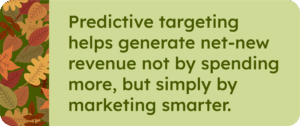 The numbers translate directly into revenue. Take a typical campaign with an outreach audience of 10,000 individuals. If predictive targeting helps generate an additional 125 appointments for an average value of $250 per visit, that’s $31,250 in net-new revenue, earned not by spending more but simply by marketing smarter. For regional health systems or multi-location organizations, the scale of incremental profit can be significant.
The numbers translate directly into revenue. Take a typical campaign with an outreach audience of 10,000 individuals. If predictive targeting helps generate an additional 125 appointments for an average value of $250 per visit, that’s $31,250 in net-new revenue, earned not by spending more but simply by marketing smarter. For regional health systems or multi-location organizations, the scale of incremental profit can be significant.
Not All Channels Are Created Equal, But Predictive Helps Both
Direct mail and digital advertising have different strengths, but predictive targeting adds tangible value to each. In the analysis, postcard mailers that used predictive audiences saw a 2.2x conversion lift (with a 1.2% absolute increase). Facebook campaigns delivered a 1.9x conversion lift, but a slightly higher absolute increase at 1.5%, demonstrating strong engagement even on digital channels with different baseline behaviors.
Why the difference? It’s largely about where each channel starts. Direct mail has a lower baseline conversion rate, so doubling performance may still bring a smaller raw gain. Facebook, by contrast, starts higher, so even a 1.9x improvement yields more total conversions. In both cases, predictive targeting ensures your message lands where it’s most likely to make a difference.
 The Secret Sauce: Model-Driven Patient Segmentation
The Secret Sauce: Model-Driven Patient Segmentation
What’s powering these tangible results isn’t just better lists. Predictive models analyze thousands of data points—demographics, geography, care history, and more—to assign risk scores and group patients by their likelihood to need specific services. Campaigns can focus outreach on high-risk tiers where conversion rates are strongest, or expand reach to more moderate-risk tiers when volume is a bigger goal. Either way, the predictive approach means fewer wasted touches and more appointments, with clear attribution back to marketing.
Sustained Results—Not Fads or Flukes
A healthy dose of skepticism is essential in healthcare marketing, so it’s worth noting that these results are not one-off anomalies. Performance improvements have held steady and even increased over repeated quarterly model updates, with more organizations nationwide running and renewing predictive campaigns as the data mounts in their favor.
Rigorous analysis methods (like matching campaign and baseline audiences by zip code, applying the same deliverability rules and suppression lists, and using both campaign-level and pooled performance measures) provide additional confidence that these are genuine, repeatable results, not just statistical flukes.
Why It Matters for Healthcare Growth Leaders
Every dollar not converted into a meaningful patient interaction is wasted potential, and ultimately, lost revenue. As competitive pressure grows and budgets remain tight, the winners will be those organizations that make their campaigns smarter, not necessarily bigger. Predictive Patient Targeting offers a clear path forward, demonstrating real returns on investment, supporting both new patient acquisition and re-engagement, and equipping marketing and growth leaders with a metric-driven narrative for decision-makers.



